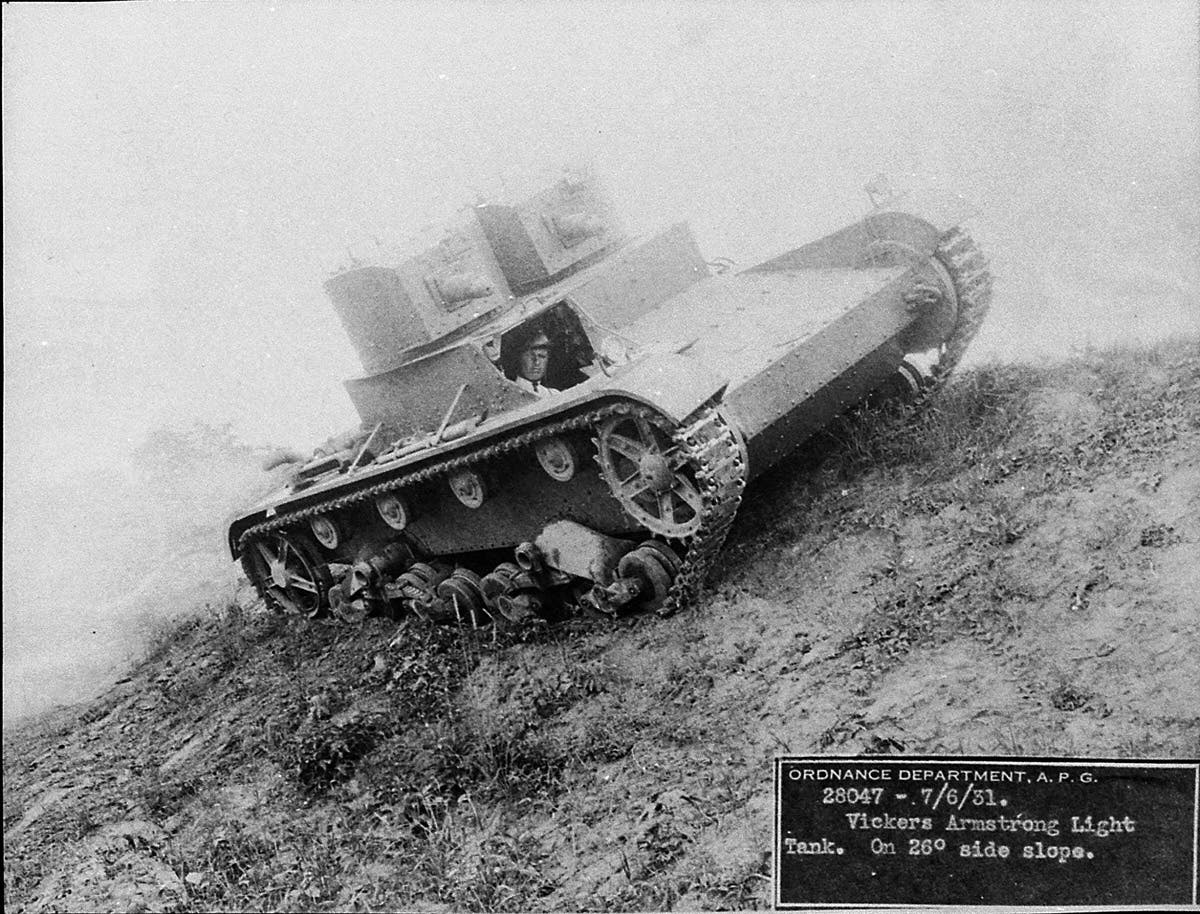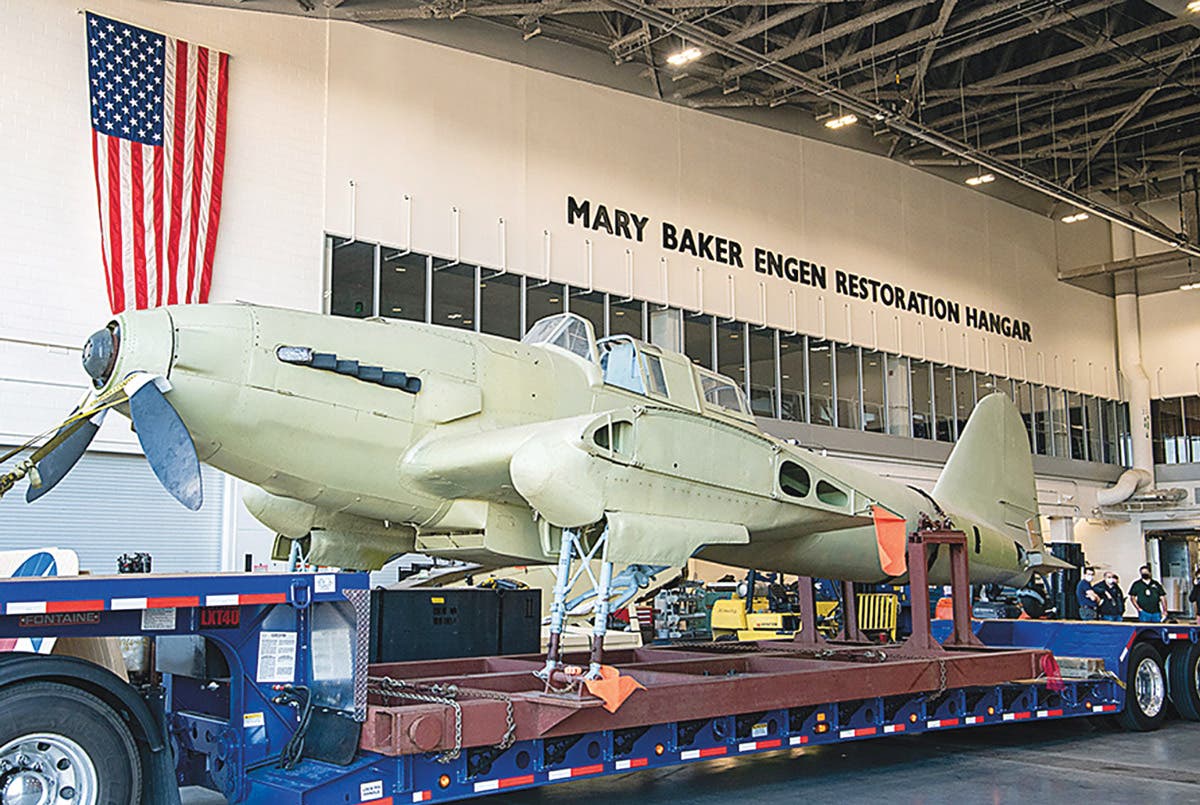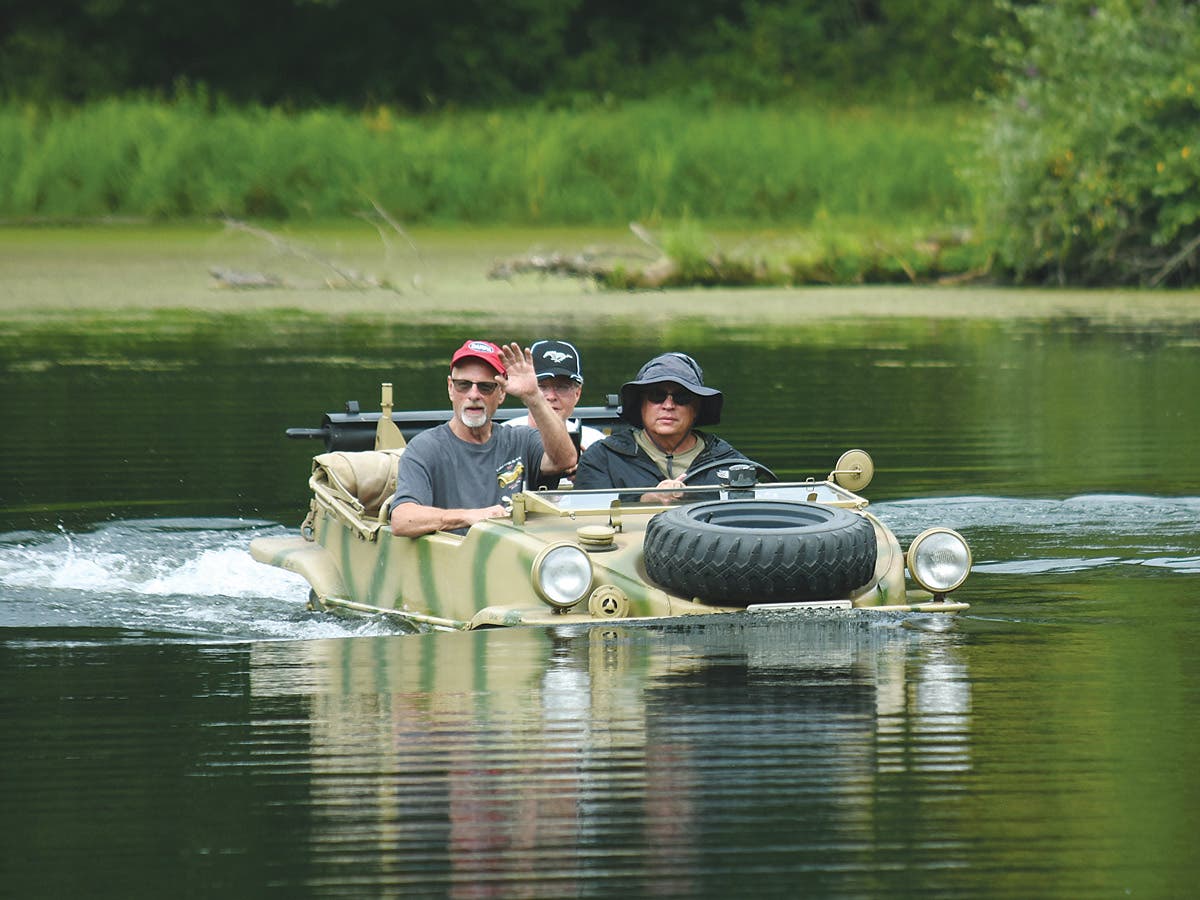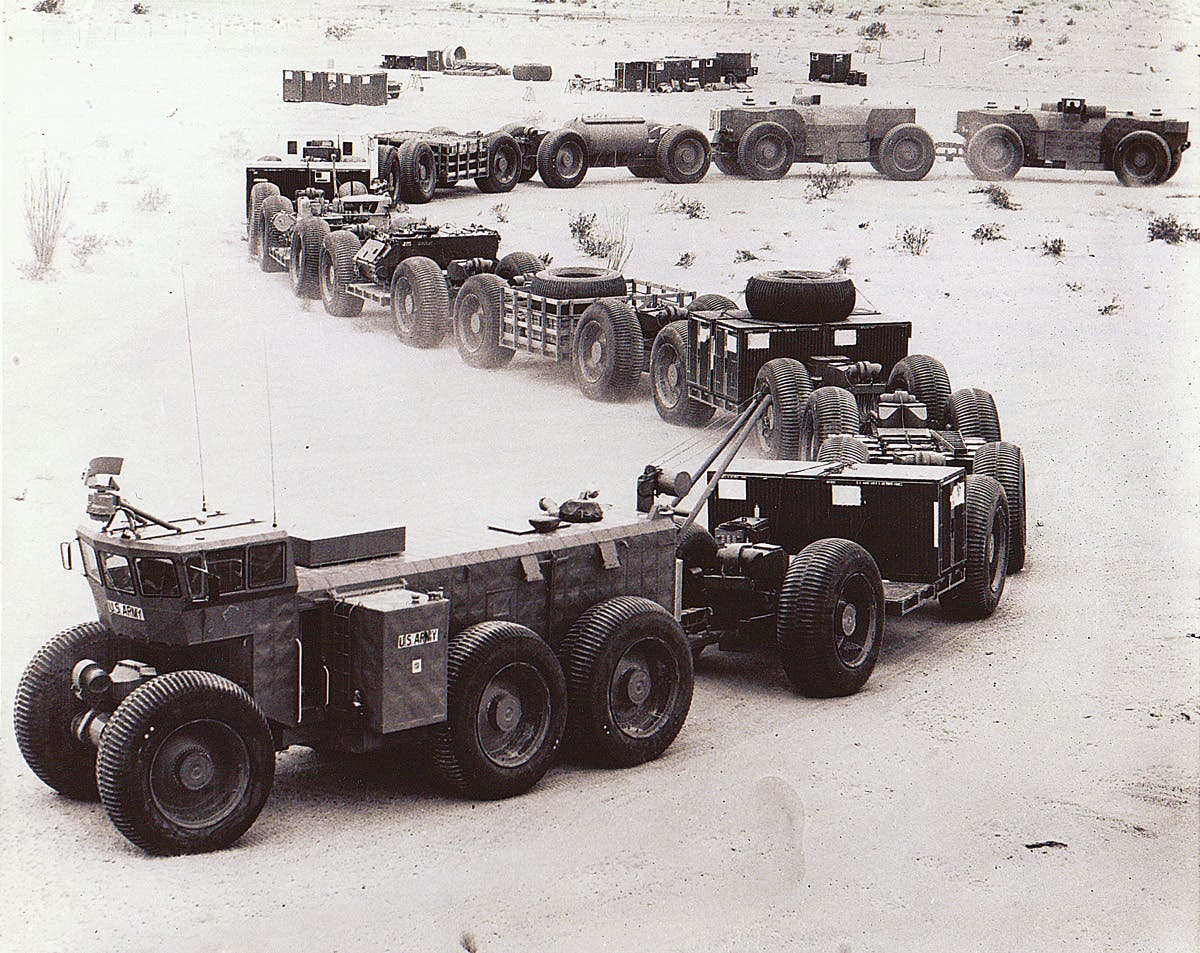Buyer’s Guide: WWII WC-51 & WC-52 3/4-ton Trucks
“The Power Wagon of WWII,” WC-51s and WC-52s are the most popularly restored WW2 vehicles — next to the venerable Jeep. Before you buy, review these tips, specifications, up-to-date values.
WWII Dodge 3/4-ton Weapons Carrier
G-502; Also known as: “WC”
If you are looking for a WWII-era vehicle that is larger than a Jeep but small enough to fit in an average home garage, then a WC would be an excellent choice. Except for Jeeps, Dodge 3/4-ton trucks of WWII are probably the most popular military vehicles with collectors and drivers today. The 3/4 ton WC Dodges were basically improved models of the 1/2-ton Dodge 4x4s of pre- and early WWII production. The 3/4-ton trucks can be most easily differentiated from the 1/2 models by their flat grilles (the 1/2 trucks usually had rounded grilles).
WC-51s and WC-52s Weapons Carriers are nearly identical. The primary differences are that the WC-51 has no winch, whereas the WC-52 has a 7,500 lb front-mounted winch and a longer frame to accommodate it.
Production began in 1942, and many thousands were built. Almost three quarters of Dodge’s 255,195 total 3⁄4-ton G-502 WC series production were either WC-51s (123,541) or WC-52s (59,114)
The G-502 family were very simple, rugged vehicles that were easy to maintain and repair with basic tools. When it comes to the WC-51 and the winch-bearing WC-52, parts and accessories are readily available with many essentials components available as NOS or as reproduction.
Although feeling heavy and underpowered by today’s standards, WCs are comfortable trucks to drive. A WC will make a good daily-driver, as long as you don’ have to travel on freeways — the safe cruising speed is 45 mph.
While these trucks have no common faults or quirks, they are prone to breaking axle shafts and drive train components due to age and metal fatigue.
If you are considering a WC for restoration, do a lot of research into the model or variant one is interested in. This is relatively simple due to the large number of extant vehicles. As with all historic military vehicles, buy the manual before you buy the vehicle — it is one of the best investments you will make.
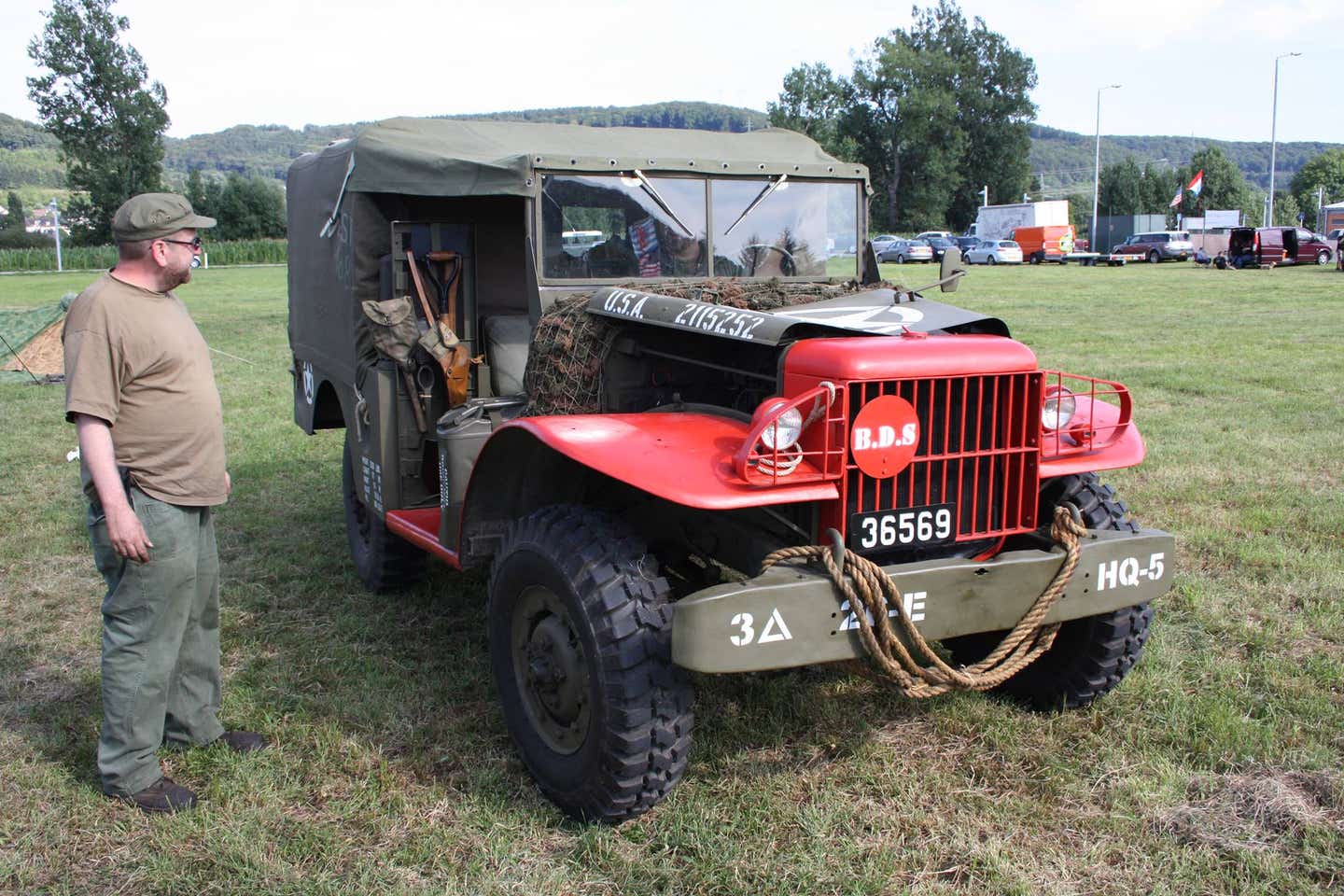

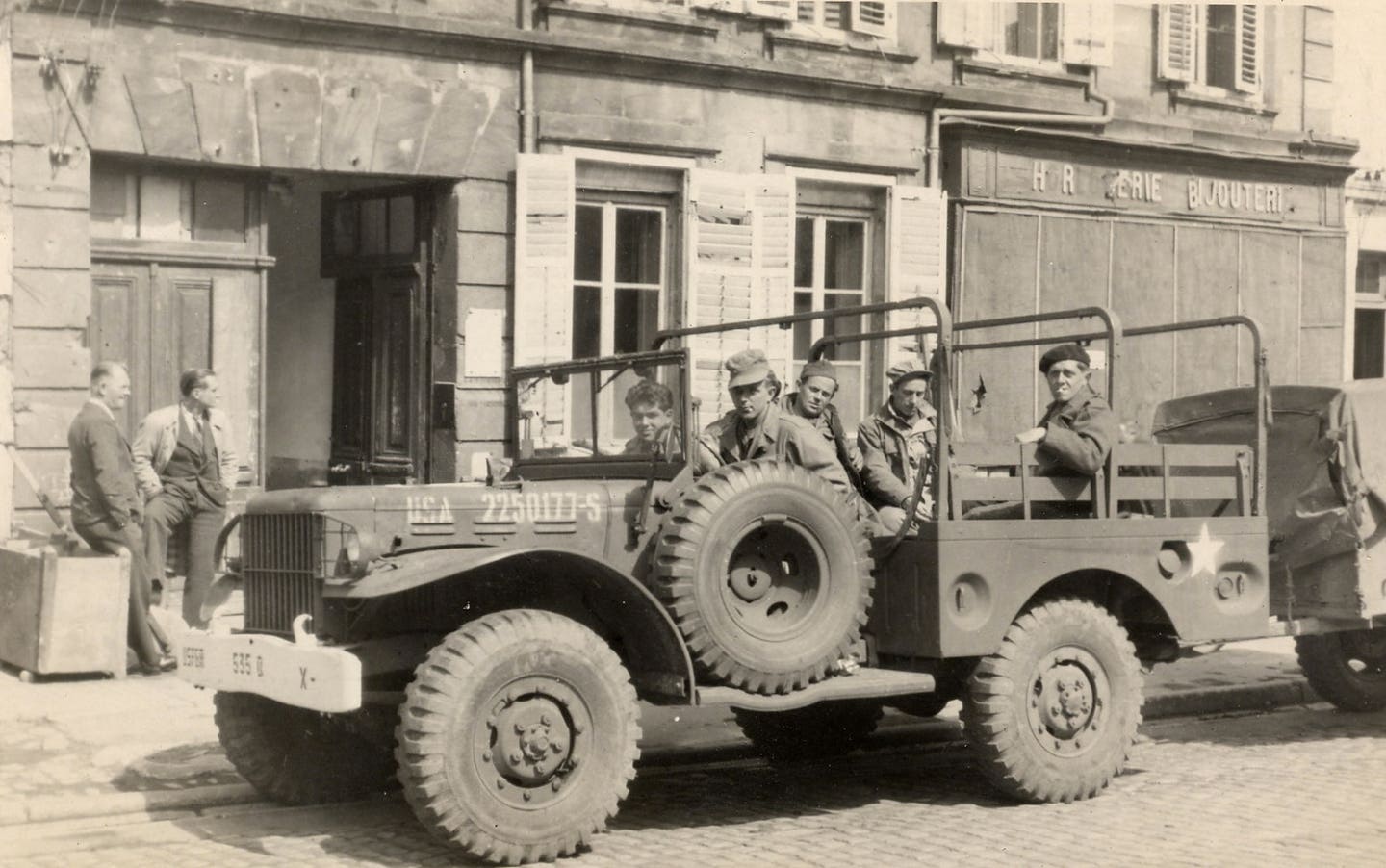
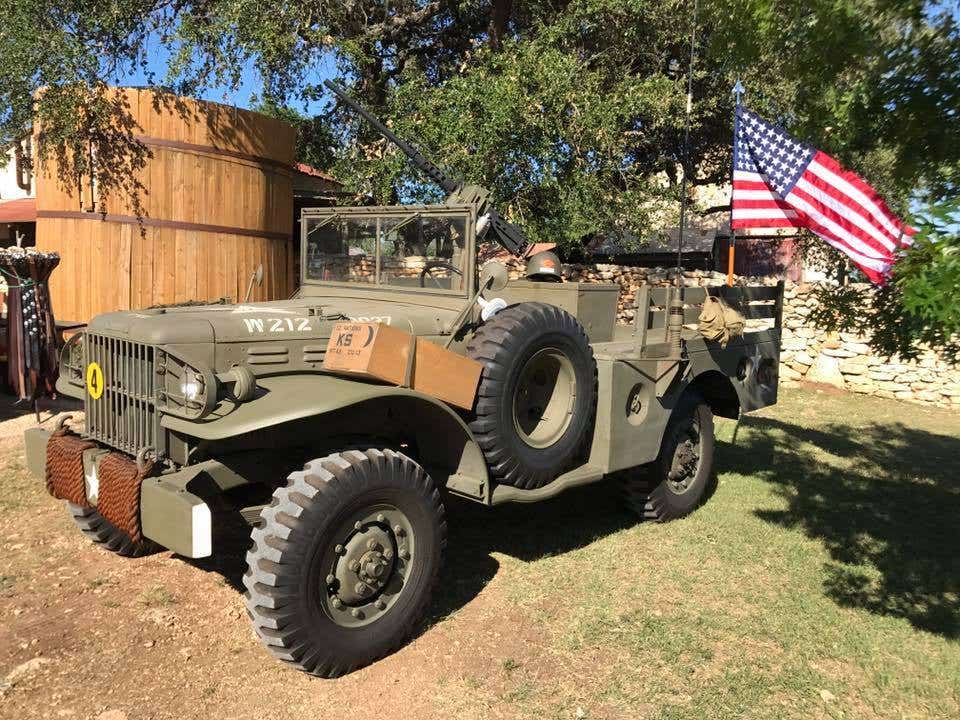
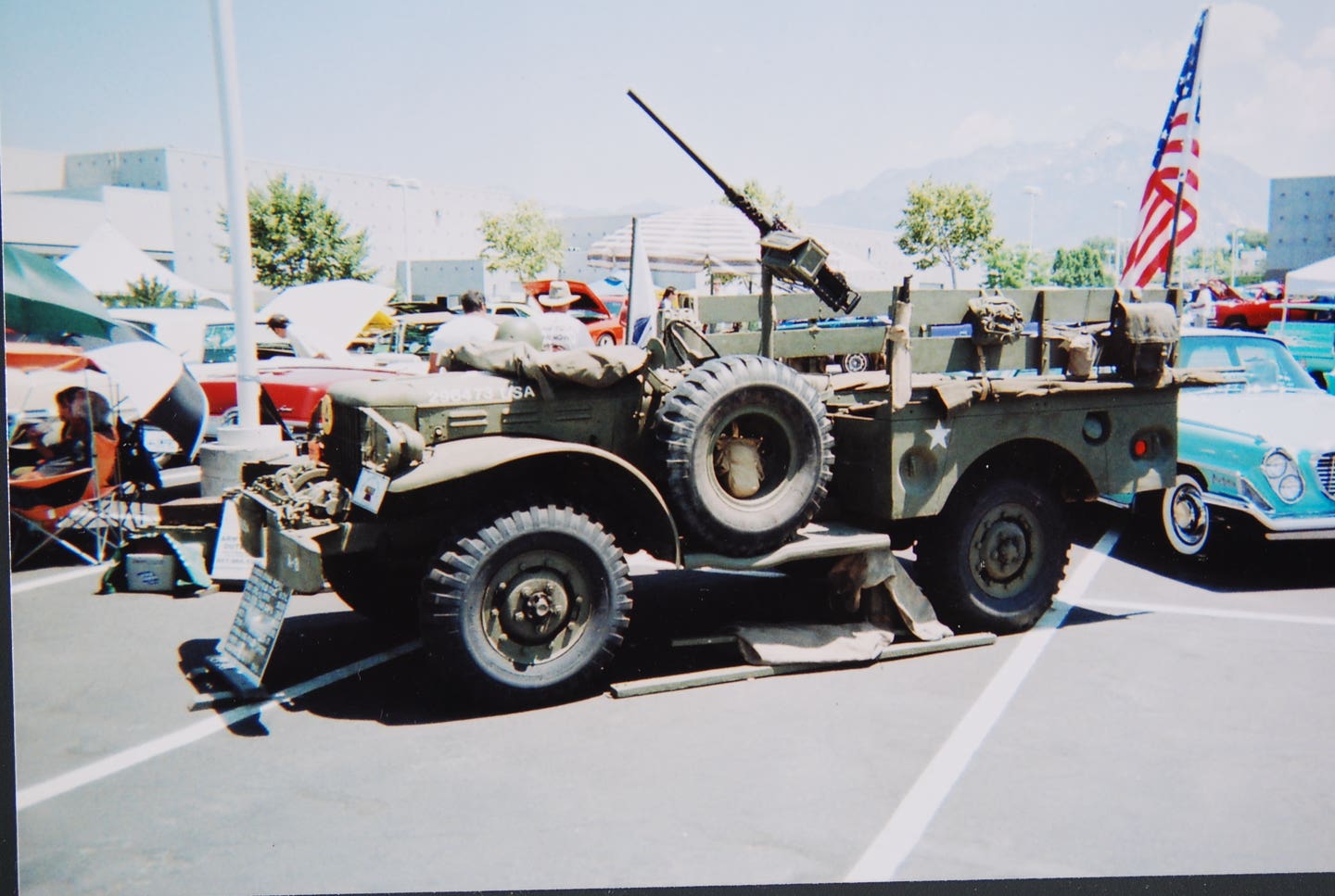

Decoding Condition
Like any collectible vehicle, the price of any historic military vehicle (HMV) is based on a combination of three factors: Condition, rarity, and popularity.
A vehicle can be rare but if it isn’t interesting, it won’t be as valuable as an equally uncommon, popular vehicle. Rarity is determined by two factors: Production quantity and survivability. The rarity of vehicles in this guide are rated on a scale of 1 through 5 (1 being the most common and 5 the scarcest). “Rare,” however, doesn’t always mean “valuable.” It has to be desirable, as well.
A “preserved vehicle” is maintained in a “state of suspended animation.” All the flaws, scratches and rust that are present when the vehicle is “discovered” are preserved. While this style of collecting is more popular with vehicle enthusiasts overseas than in this country, it is commonplace in other areas of collecting such as furniture.
The single factor that drives price is — and will always be — condition. Another factor affecting price will be the quality of the restoration.
The term “restoration” is often ill-defined or improperly used in the historic military vehicle hobby. What some call a restoration is actually a “representation,” and sadly, sometimes, only a “characterization.” For a true military vehicle restoration, one must know the history of that particular vehicle. Once known, it is then important to define to what time frame the vehicle is to be restored. This could be as it appeared as it left the factory, or at any subsequent time (June 6, 1944; March 3, 1952, etc.).
The difference between “restoration” and a “representation” is often misunderstood. An example of this could be rebuilding, painting, and marking a Jeep to look like one driven on the beach at Normandy, even though the Jeep you own never left North America. While not a true restoration, this style of “representation” is the most popular with collectors.
Our pricing guidelines follow the standard set years ago by Old Cars Weekly. It uses a 1 to 6 condition grading scale:
1=Excellent: Restored to maximum professional standards, or a near-perfect original — 99+ points on MVPA judging scale.
2=Fine: Well-restored, or a combination of superior restoration and excellent original parts.
3=Very Good: Complete and operable original or older restoration, or a very good amateur restoration with all presentable and serviceable parts inside and out.
4=Good: Functional or needing only minor work to be functional. Also, a deteriorated restoration or poor amateur restoration.
5=Restorable: Needs complete restoration of body, chassis, and interior. May or may not be running, but is not wrecked, weathered or stripped to the point of being useful only for parts.
6=Parts Vehicle: Deteriorated beyond the point of restoration.
WC-51 and WC-52 Values
You may also like:
*As an Amazon Associate, Military Trader / Military Vehicles earns from qualifying purchases.
From the staff of North America's no. 1 historic military vehicle source -- Military Vehicles Magazine




